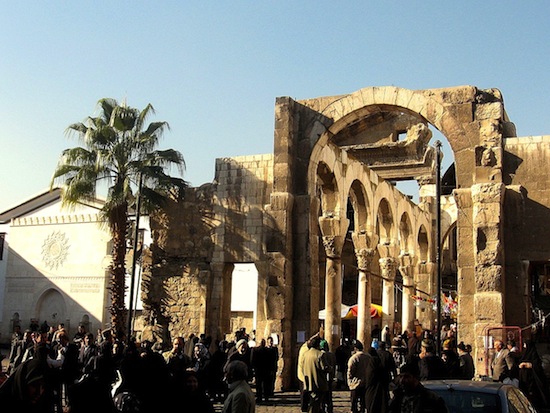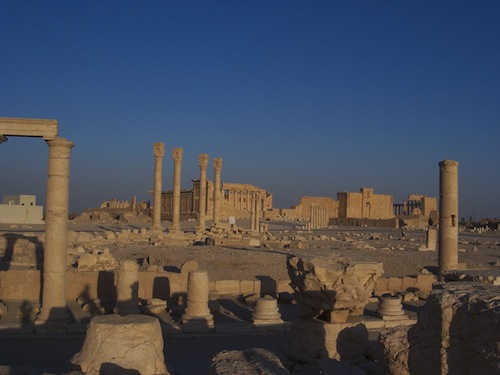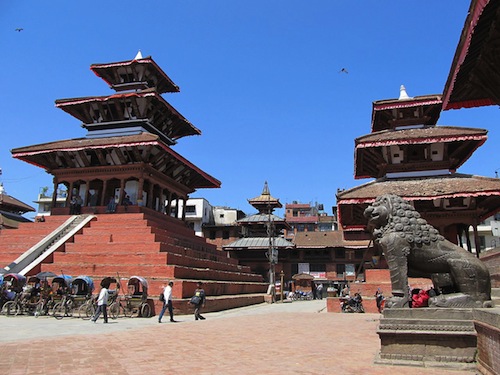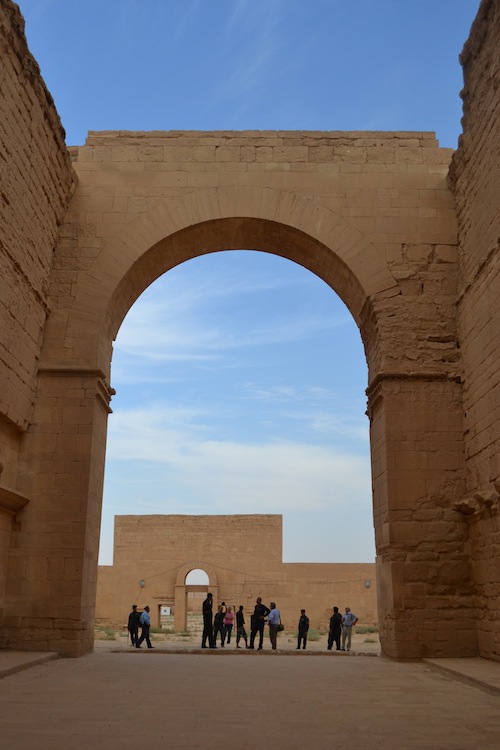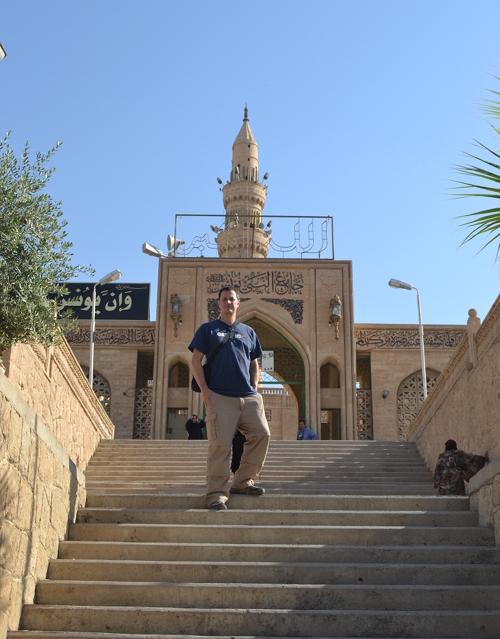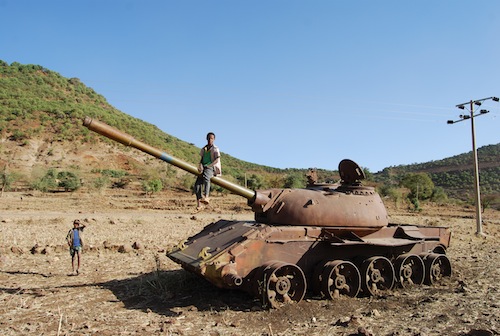When Big Game Hunting was Glamorous: The Man-Eaters of Tsavo
 The recent scandal over the killing of Cecil the Lion has once again brought big game hunting into the spotlight, with various websites outing rich hunters who go to Africa to blow away lions, giraffes, and other animals.
The recent scandal over the killing of Cecil the Lion has once again brought big game hunting into the spotlight, with various websites outing rich hunters who go to Africa to blow away lions, giraffes, and other animals.
Here in Spain, we had an even bigger scandal back in 2012 when, at the height of this country’s financial crisis, King Juan Carlos went to Botswana and killed an elephant. He later apologized but this, plus rumors of extramarital affairs and numerous incidents of being apparently drunk in public, forced him to abdicate two years later.
There was a time when scandals like this would have never happened, when kings and commoners could empty their guns into beautiful animals free from the fear of criticism. Many wrote memoirs of going on safari, creating a genre that has all but died out today.
One of the classics of the genre is The Man-Eaters of Tsavo, by Lt. Col. J.H. Patterson and originally published in 1907. Patterson worked as the chief engineer building the Mombasa to Uganda railway in 1898. Managing a huge crew of Africans, Pathans, and Sikhs in adverse conditions to build a railroad through poorly mapped territory would have been hard enough, but soon lions started coming into the workmen’s camp at night and carrying off his workers.
